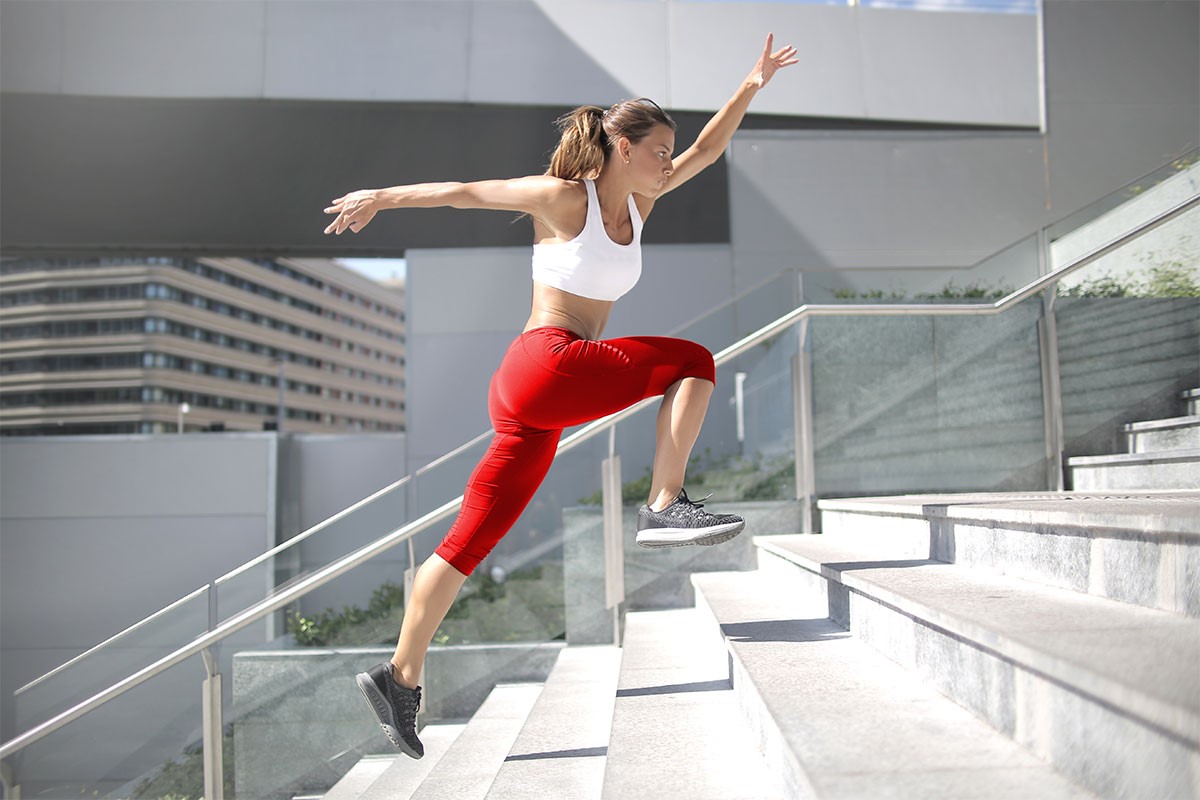
Physical fitness is more than just working out for an hour it does have 8 physical fitness components that you must understand. If you understand the components of physical fitness you will eventually know the importance and value of physical fitness. All of these physical components vary from each still interconnected in some or another way. The functioning of the cardiovascular system, as well as the muscles of the system, are all factors in physical fitness. Fitness also promotes cognitive performance and mental maturity to some extent because everything we do with our bodies impacts what we can do with our thoughts.
Strength training or workout could help you stay in better shape and lower your chance of acquiring diseases including type 2 diabetes, cancer, and coronary heart disease. Workouts can enhance your health both now and in the future. Physical fitness encompasses everything from getting out of bed to completing a certain task after the day. It relates to the capability of bodily processes to collaborate effectively to carry out routine tasks. Physical fitness is defined as the ability to perform everyday chores with vim and alertness, without becoming overly tired, and with the stamina to embrace leisure activities.
8 Physical Fitness components you need to understand:-
Muscular Strength
The muscular force is the maximum force that your muscle can create with a given level of effort. Your nerves capacity to stimunerve’she muscle fibers. Since muscle fibers play a big influence in defining your muscular strength and fitness. Muscle contractions are the method of assessing it. Muscle strength aids in body alignment makes daily chores easier and boosts your metabolism. The majority of people believe that muscular endurance is all about getting bigger. However, the concept is not the same. It’s much more about your capacity to produce maximum muscle force during a certain workout.
Body Composition
Body composition is a method of dissecting the human body into its constituent parts. Minerals, protein, fat, and water make up our bodies. Because it is based solely on your height and weight, using metrics that reflect your amount of body fat as well as how much lean muscle mass you have indicates your entire body composition very precisely than the frequently used body mass index (BMI). Exercise and healthy eating are two methods you can utilize to optimize your body composition.
Muscular Endurance
Muscular endurance refers to a muscle’s or a set of muscles’ capacity to lift , push, or pull mass continuously over time. It could also relate to the ability to hold that position for longer beyond just a few seconds. The amount of repetitions you can complete when working out is determined by this skill. The more repetitions you can accomplish, the better your muscles’ ability for repeated movement is. It is determined by how many repeats of an activity a person can complete in a given amount of time. There are some basic tests, such as push-ups and sit-ups, in it.
Cardiovascular Endurance
Cardiovascular fitness is a key predictor of muscular and cardiac function and also aerobic endurance. It assesses how well you can undertake workouts that engage your entire body at a moderate to strong level for at least twenty minutes.
To function efficiently, your muscles require oxygen, and they require considerably the most when you work out. You won’t be capable of delivering sufficient oxygen to your muscles if you don’t have high cardiovascular endurance, which could leave you nauseous even after just marching up one set of stairs! Cardiovascular endurance could also help you avoid strokes and lower your risk of chronic types like diabetes.
Flexibility
A joint’s flexibility includes the capacity to operate through flexion and tension without discomfort. When you’re flexible, you’re less likely to get hurt while doing physical exercise, and you’ll have less discomfort all throughout. Furthermore, retaining a certain threshold of flexibility aids in keeping your body in harmony and sustaining proper posture. Flexibility additionally aids circulation, so you’re less inclined to feel tight after a workout. Yoga, dynamic stretches, and even receiving a massage might help you become more flexible.
Agility
Agility is the ability to shift one’s bodily position or direction fast.
Coordination
Coordination is the ability of the muscles to move the body in a coordinated manner.
Equilibrium
Equilibrium is the state of being in a condition of balance. There is no overall propensity for a body or a system to change while it is in equilibrium. The body is in translational equilibrium while no force is working to make it travel in a straight line; the body is in centripetal force when no force is exerted to make it turn.
